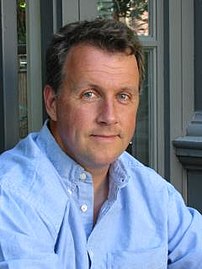How much money to ask for?

Image via Wikipedia
Paul Graham has published a great essay on some of the challenges start ups face when trying to raise money. You can see the whole essay here.
He has an interesting strategy on how much money to ask for. He says:
“We advise startups to tell investors there are several different routes they could take depending on how much they raised. As little as $50k could pay for food and rent for the founders for a year. A couple hundred thousand would let them get office space and hire some smart people they know from school. A couple million would let them really blow this thing out. The message (and not just the message, but the fact) should be: we’re going to succeed no matter what. Raising more money just lets us do it faster.”
The challenge here is having several funding plans up your sleeve that show different growth rates and also stack up together. To be credible, the plans should show that if an investor puts less money in, the business will not grow as fast and will also have a lower chance of success. The key is putting the lower growth scenario together without putting the investor off and at the same time not making the larger investment easy to pass on because the lower growth scenario looks like a good investment. Why put more money in at the highest risk point when the start up can show good progress with a lower investment?
For me, the difficulty here is that I know if we have less money the chances of our success are greatly reduced. The reason for this is you don’t know what you don’t know and more money allows you to find out, flex your plans and find a successful strategy. Credibly telling an investor that if they give you less money, you are still equally confident of success albeit on a smaller scale, is a challenging balancing act. I will let you know how we get on.
Tags: Fundraising, Paul Graham, Start ups, Y Combinator
![Reblog this post [with Zemanta]](http://img.zemanta.com/reblog_e.png?x-id=d4651e65-cf44-4b56-9bb4-fa2c0f7ac5c4)